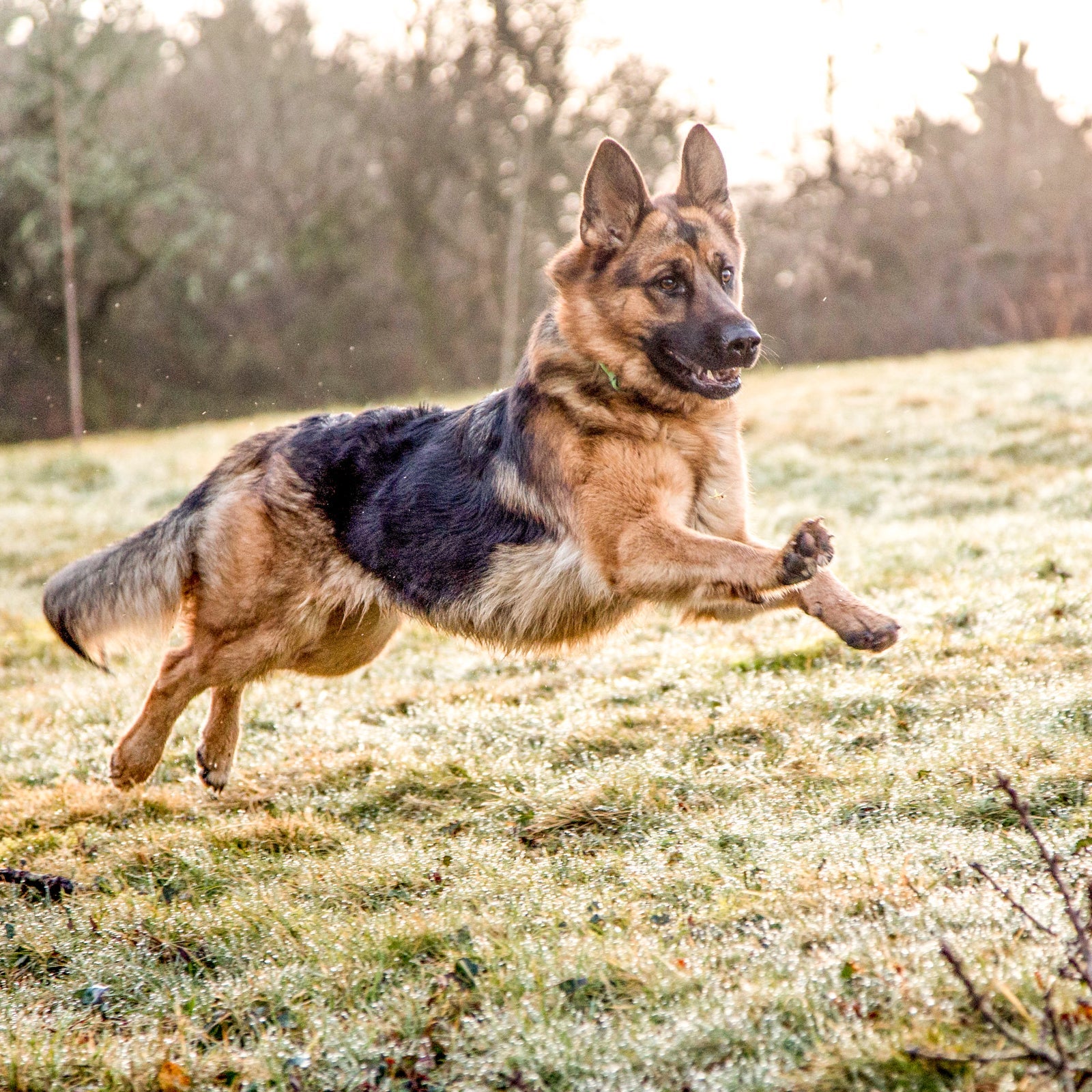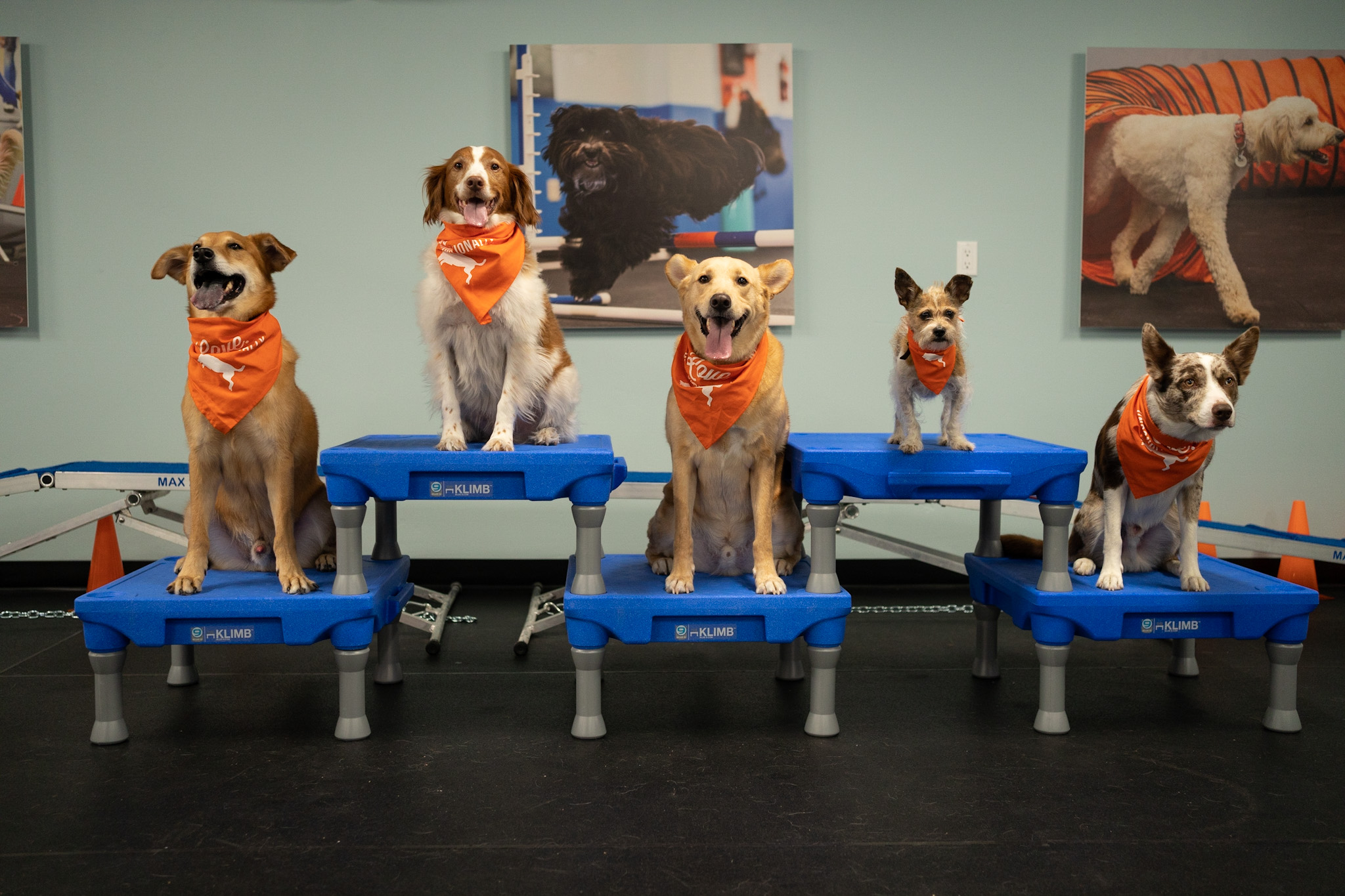How Dog Training Builds Trust and Confidence in Your Dog
How Dog Training Builds Trust and Confidence in Your Dog
Blog Article
Novice's Guide to Successful Dog Training at Home
Efficiently training a pet dog at home requires a nuanced understanding of canine habits and efficient interaction methods. Developing clear training goals, using high-quality incentives, and preserving uniformity across relative are critical aspects. Moreover, integrating training right into daily regimens can improve both engagement and retention. Nonetheless, numerous amateur fitness instructors come across challenges that might hinder development. To browse these intricacies successfully, it's necessary to explore numerous key elements that can change your approach and cause an unified relationship with your animal. What basic principles should every newbie grip to make sure success?
Recognizing Canine Actions
Comprehending pet actions is essential for reliable training and fostering an unified partnership in between people and their canine companions. Canines interact largely with body movement, articulations, and facial expressions, making it crucial for owners to interpret these signals precisely. Acknowledging actions such as tail wagging, roaring, or cring can provide insights into a pet's mood and intents.

Typical behavior problems, such as aggression, stress and anxiety, or too much barking, typically come from misconceptions or unmet needs. Observing and addressing these problems promptly can avoid rise and make sure a favorable training experience. By fostering a deep understanding of pet actions, owners can tailor their training methods to match their canine companions, eventually bring about a satisfied and mannerly pet.
Necessary Educating Devices
A well-equipped training space can substantially boost the effectiveness of canine training at home. Crucial training tools make sure that both the dog and the trainer can participate in productive sessions that cultivate discovering and bonding.

Investing in a strong leash and a comfortable, well-fitting collar or harness is crucial for security and control. These devices help establish boundaries and make sure the pet stays safe during training. In addition, a marked training location, without interruptions, help focus for both the dog and the trainer.
Educating help such as training pads, cones, or dexterity devices can also improve the experience by presenting variety and difficulties. Lastly, having a notebook or electronic application for tracking progress can be very useful, allowing you to keep in mind successes and locations for improvement. Making use of these crucial devices will produce a favorable training setting and lay the foundation for effective discovering.
Developing an Educating Regimen
Establishing a i was reading this consistent training regimen is crucial for effective canine training in your home. A well-structured routine not just assists in enhancing desired behaviors but likewise offers your pet dog with a complacency and predictability. To produce an efficient training regular, start by determining certain training objectives, such as standard commands, chain strolling, or house-training.
Pick a marked time every day for training sessions, preferably when your pet dog is alert and receptive. Procedure needs to be brief, about 5 to 15 mins, to preserve emphasis and prevent tiredness. Uniformity in timing and environment will enhance your canine's knowing experience.
Integrate training right into day-to-day tasks to reinforce skills. For instance, technique commands during walks or mealtime, which integrates finding out right into natural regimens. In addition, continue to be versatile and change the routine as essential, suiting your pet's energy levels and state of mind.
Favorable Reinforcement Methods
Positive support techniques are basic to effective dog training, promoting wanted actions via rewards rather than penalty. This method uses favorable stimuli, such as deals with, praise, or play, to motivate pet dogs to repeat specific activities. The cornerstone of this strategy is timing; rewards need to be provided promptly following the wanted behavior to produce a clear association.
When applying positive support, it is important to pick rewards that are encouraging for your pet dog. High-value deals with, such as little items of chicken or cheese, can be specifically effective throughout training sessions. Additionally, differing the rewards can check over here keep your canine's interest and interest.
Start with easy commands, like "sit" or "remain," and progressively progress to much more intricate jobs. Consistency is essential; make certain that all family members utilize the exact same commands and incentive systems to avoid confusion.
In addition, it is important to continue to be patient and prevent aggravation. Pet dogs, like human beings, learn at their own rate. By fostering a helpful training setting via favorable support, you can enhance your pet dog's understanding experience while strengthening the bond between you and your fuzzy companion, laying the groundwork for successful training end results.
Usual Training Difficulties
While educating a pet dog in your home can be a satisfying experience, it commonly includes a collection of usual difficulties that can check both persistence and consistency. One prevalent concern is disturbance. Pet dogs might end up being easily sidetracked by sounds, movements, or perhaps aromas in their atmosphere, making it difficult to preserve their focus throughout training sessions.
An additional difficulty is disparity in commands and reinforcement. It can perplex the dog and hinder progress if family members make use of different signs or incentives. Establishing a unified technique is vital for reliable interaction.
Furthermore, pet dogs can experience aggravation or tension, particularly if they do not understand what is anticipated of them. This can lead to undesirable habits, such as barking or chewing.
Finally, the timing of reinforcement is essential (Dog training). Postponed rewards can diminish the efficiency of favorable reinforcement, as pet dogs might fail to link the actions with the reward
Overcoming these challenges calls for commitment, clear interaction, and an organized training plan. Acknowledging and attending to these typical obstacles will lead the way for a more satisfying and effective training experience at home.
Final Thought
In verdict, successful canine training at home requires a thorough understanding of canine habits and reliable these details communication approaches. By establishing clear training goals and utilizing top quality deals with alongside favorable reinforcement, the training process comes to be more gratifying for both the trainer and the canine.
Establishing a consistent training routine is necessary for effective pet training at home.Favorable support methods are essential to effective pet training, advertising preferred behaviors through benefits rather than punishment (Dog training). By cultivating an encouraging training atmosphere via positive reinforcement, you can enhance your pet's learning experience while reinforcing the bond in between you and your fuzzy companion, laying the foundation for effective training end results
In final thought, successful canine training at home requires a detailed understanding of canine actions and reliable communication approaches. By developing clear training objectives and making use of high-quality deals with together with positive reinforcement, the training process comes to be a lot more rewarding for both the instructor and the dog.
Report this page